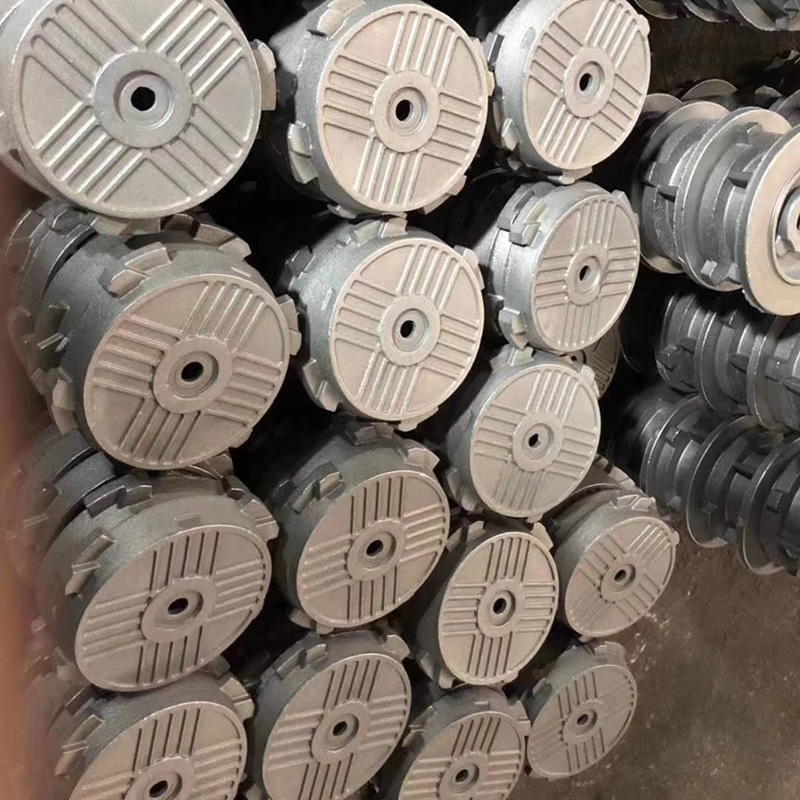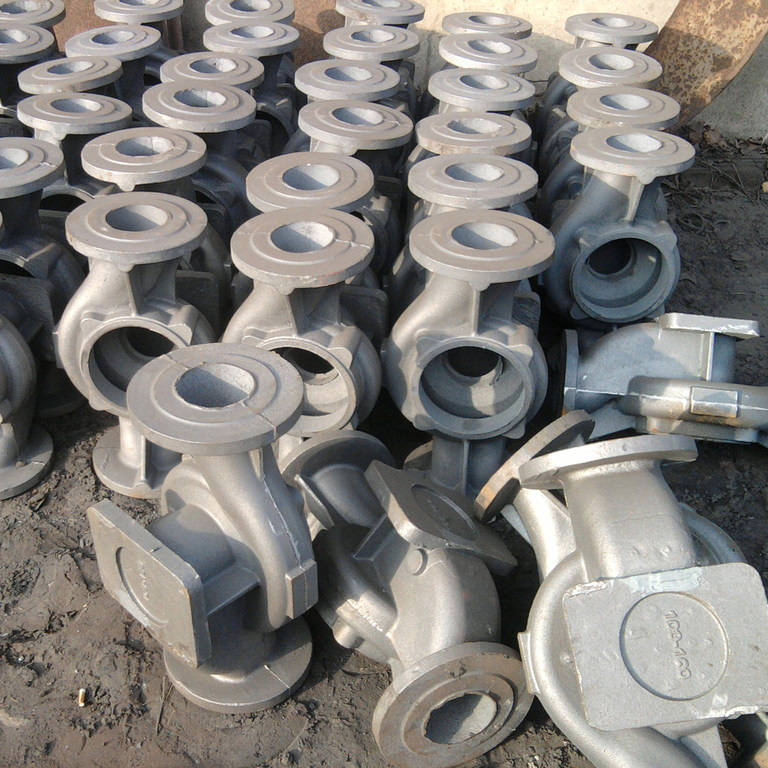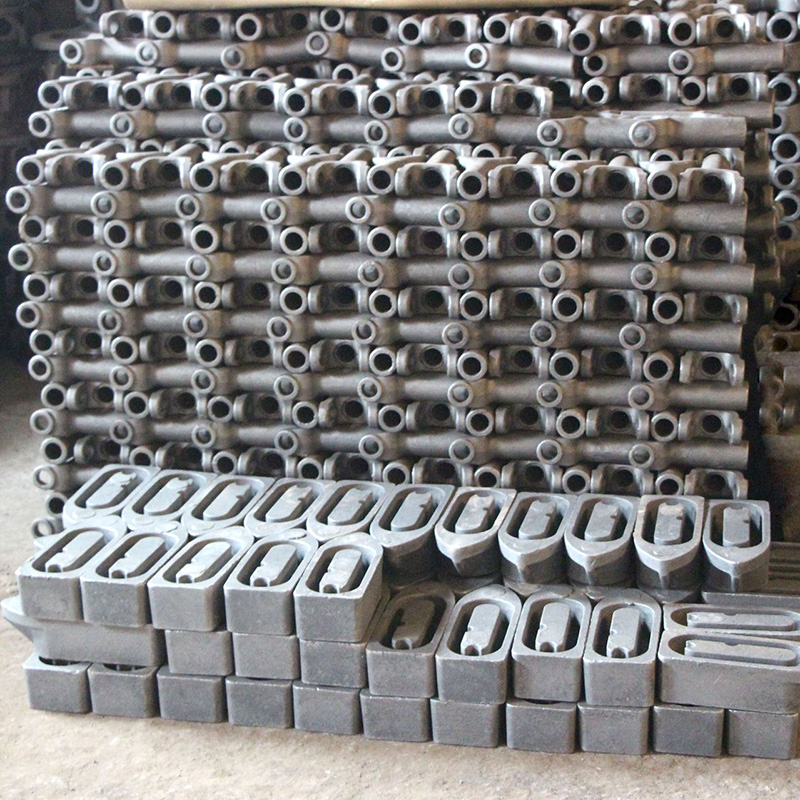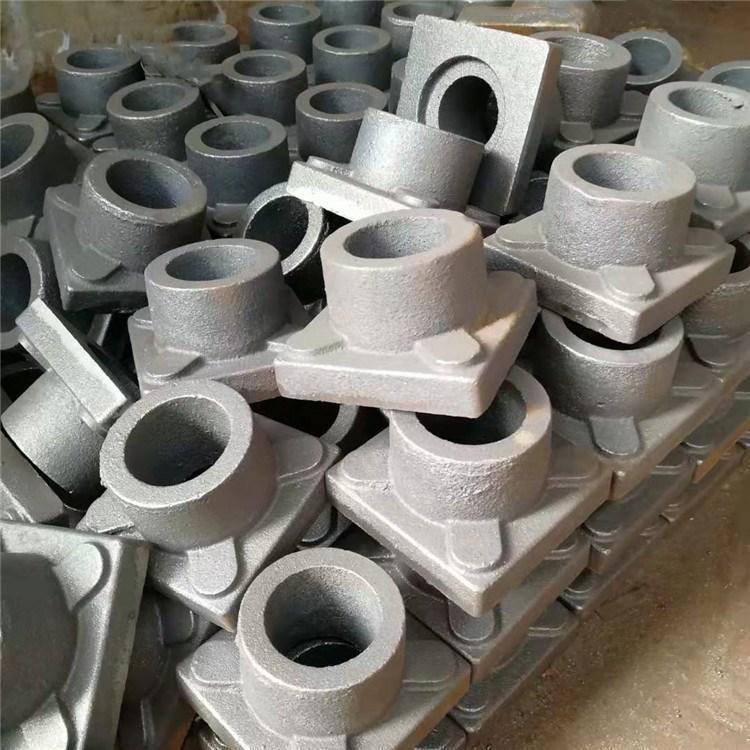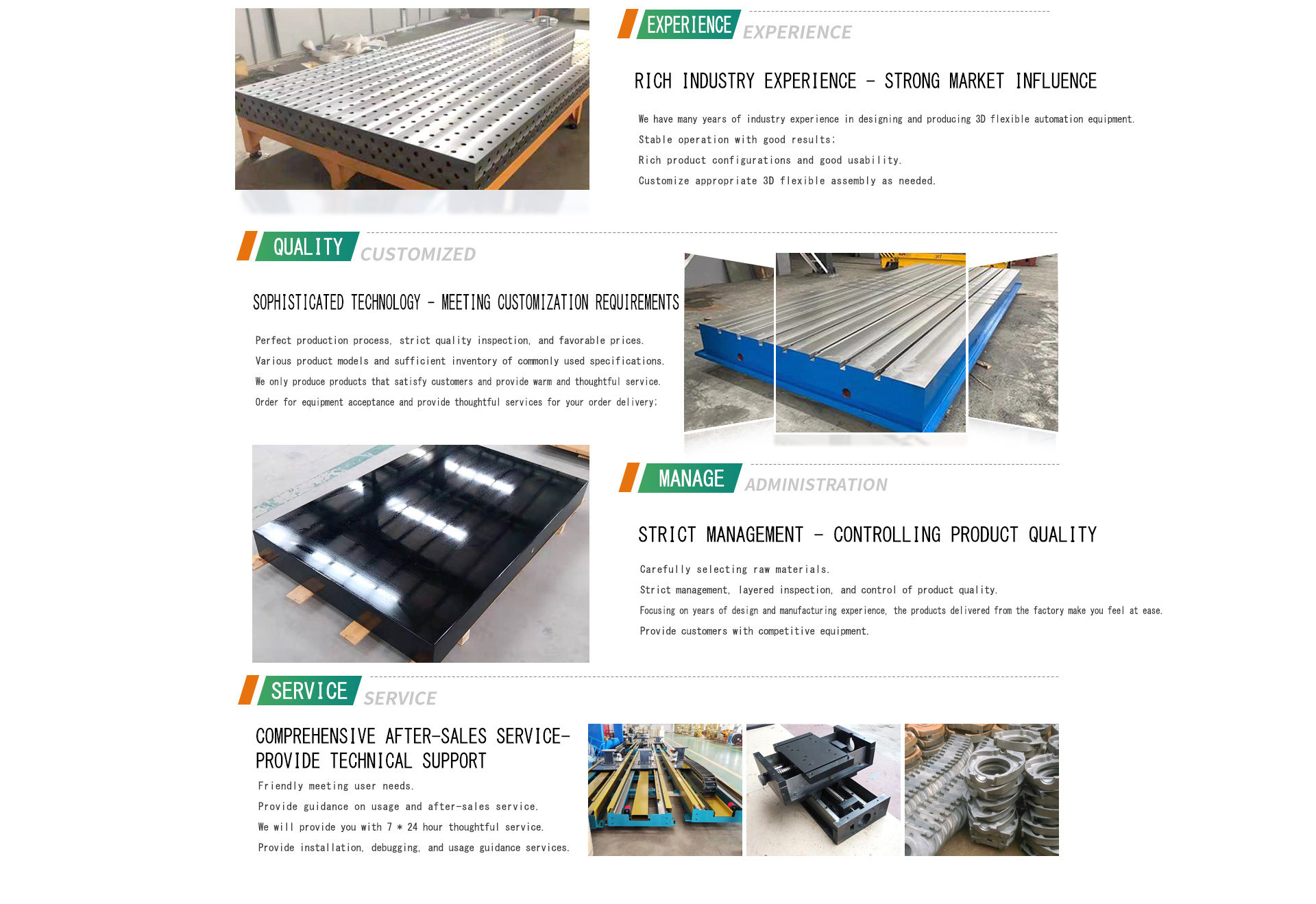Once the production and processing surface of castings causes looseness and shrinkage, it becomes waste material. Looseness may first be caused by unscientific construction. Loosening, shrinkage, and shrinkage are caused on areas with large wall thickness, Even at the concave corner, due to the fact that the heat is discharged based on the corresponding mold convex part or clay core, the heat discharge at this point is poor, and the metal material solidifies relatively slowly. The experimental results show that the external shrinkage at the concave corner of Y-shaped concrete specimens with 30 °, 60 °, or 90 ° tension angles decreases with the expansion of the tension angle, and in addition, the shrinkage decreases, leading to an increase in looseness. One of the key standards for obtaining high-density castings is the effective construction of the design scheme and processing technology. But for a casting; When constructing the designer's design plan, the first consideration is the application regulations; The second is the rationalization of processing technology.
The basic characteristics of molding sand with high density for gray iron castings are: high clay content, low moisture content, and low addition of fine coal. Therefore, when mixing sand, it is important to master the following aspects.
1. Clay content and mud content. The compressive strength of molding sand with high clay content also increases with the increase of specific pressure. Generally, the reasonable range for sodium based bentonite is 7% to 10%. The sum of reasonable clay and dead clay in molding sand is equivalent to the powder content, which is generally controlled between 12% and 16%. Excessive or insufficient powder content can harm various performance parameters of molding sand.
2. Moisture. The moisture in the sand used in the production of lost foam castings is a key factor in determining the plastic deformation and bonding force of clay. When the moisture content is too high, it is easy to cause a deterioration of the clay bonding force, reduce the flowability of the molding sand, and cannot obtain a uniform relative density of the mold. When the moisture content is too low, the molding sand is not easy to mix, the compressive strength of the molding sand is low, the ductility is large, and the moldability is poor, which can easily cause slag inclusion in the casting. The general moisture content should be controlled to be 10% to 20% higher than the moisture content obtained when the wet compressive strength * is higher.
3. Original sand particle size. When designing high-density shapes, the sand mold has a relatively high density, which can cause significant fluctuations during pouring. Therefore, the original sand particle size is not suitable for excessive concentration. The original sand particles are round or hexagonal, and generally three or four screen sand are selected.




